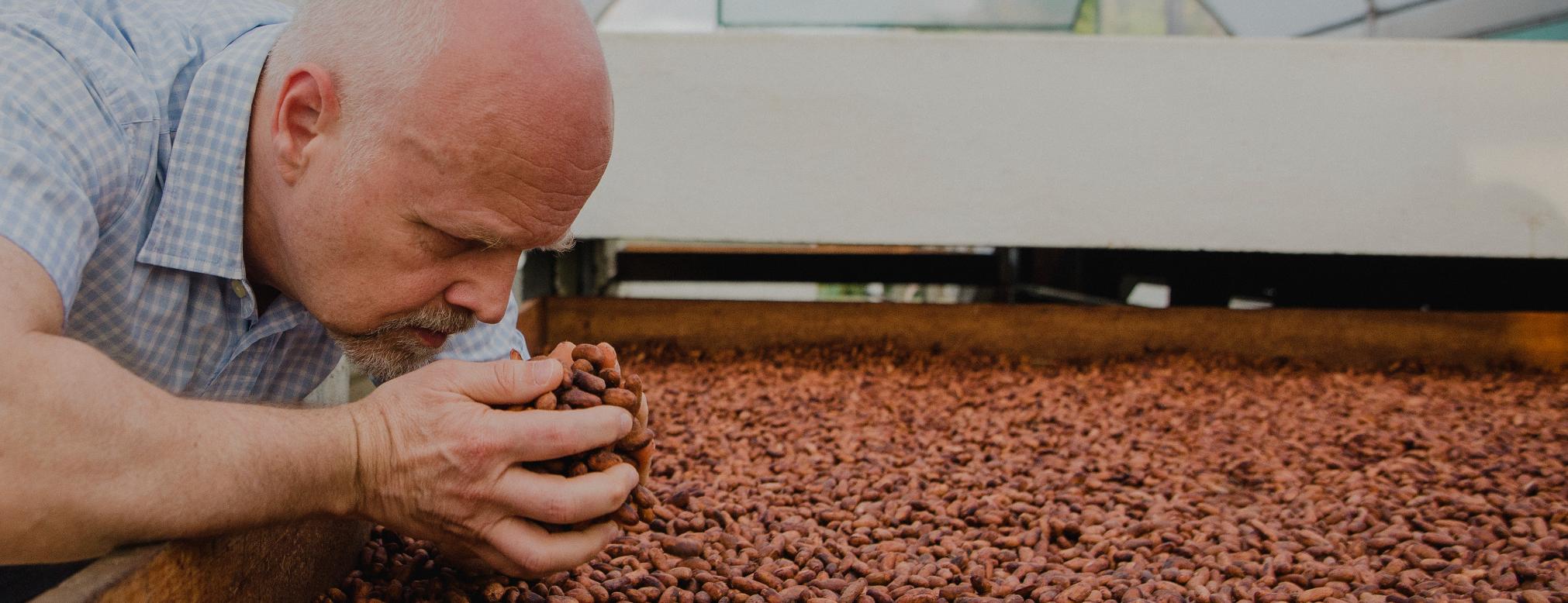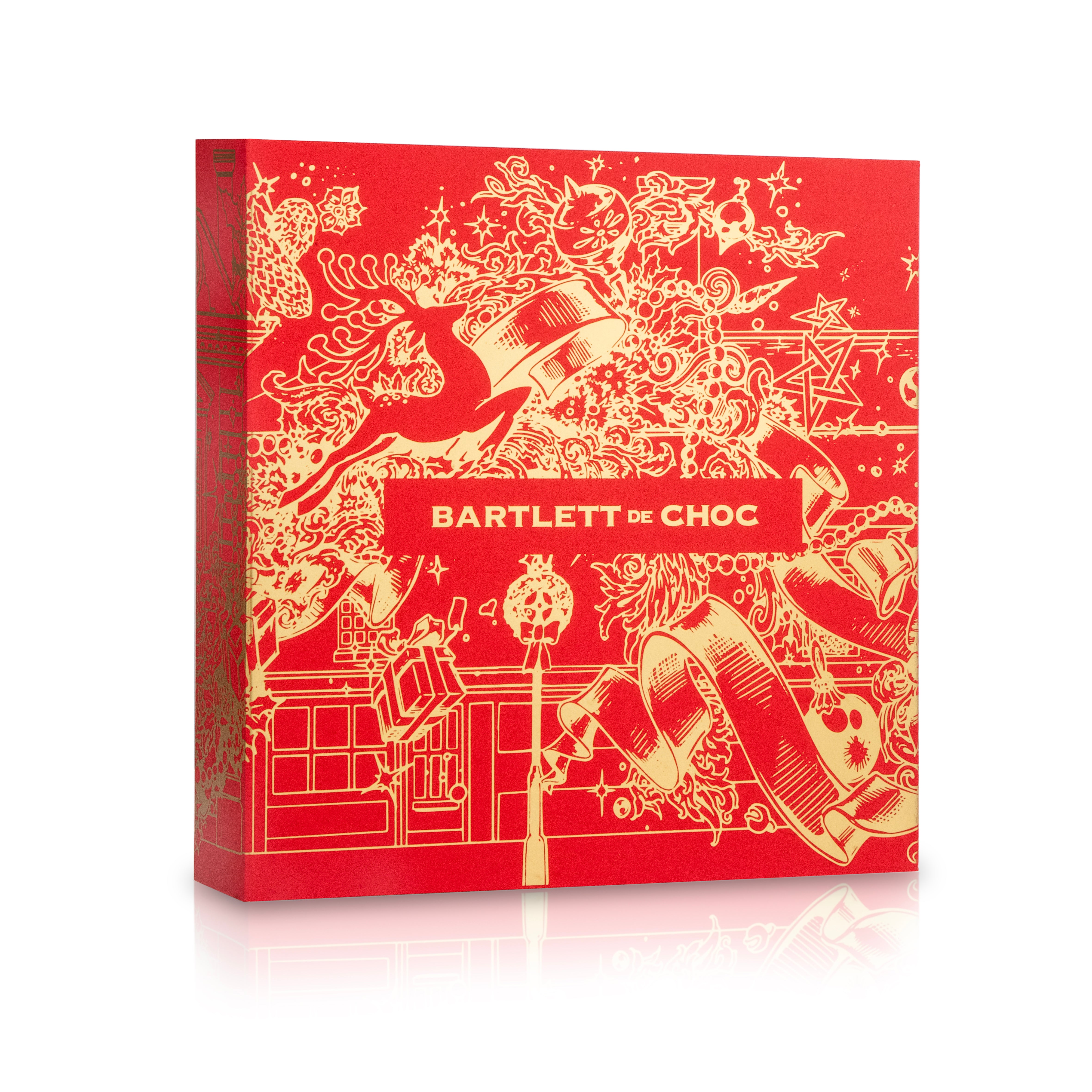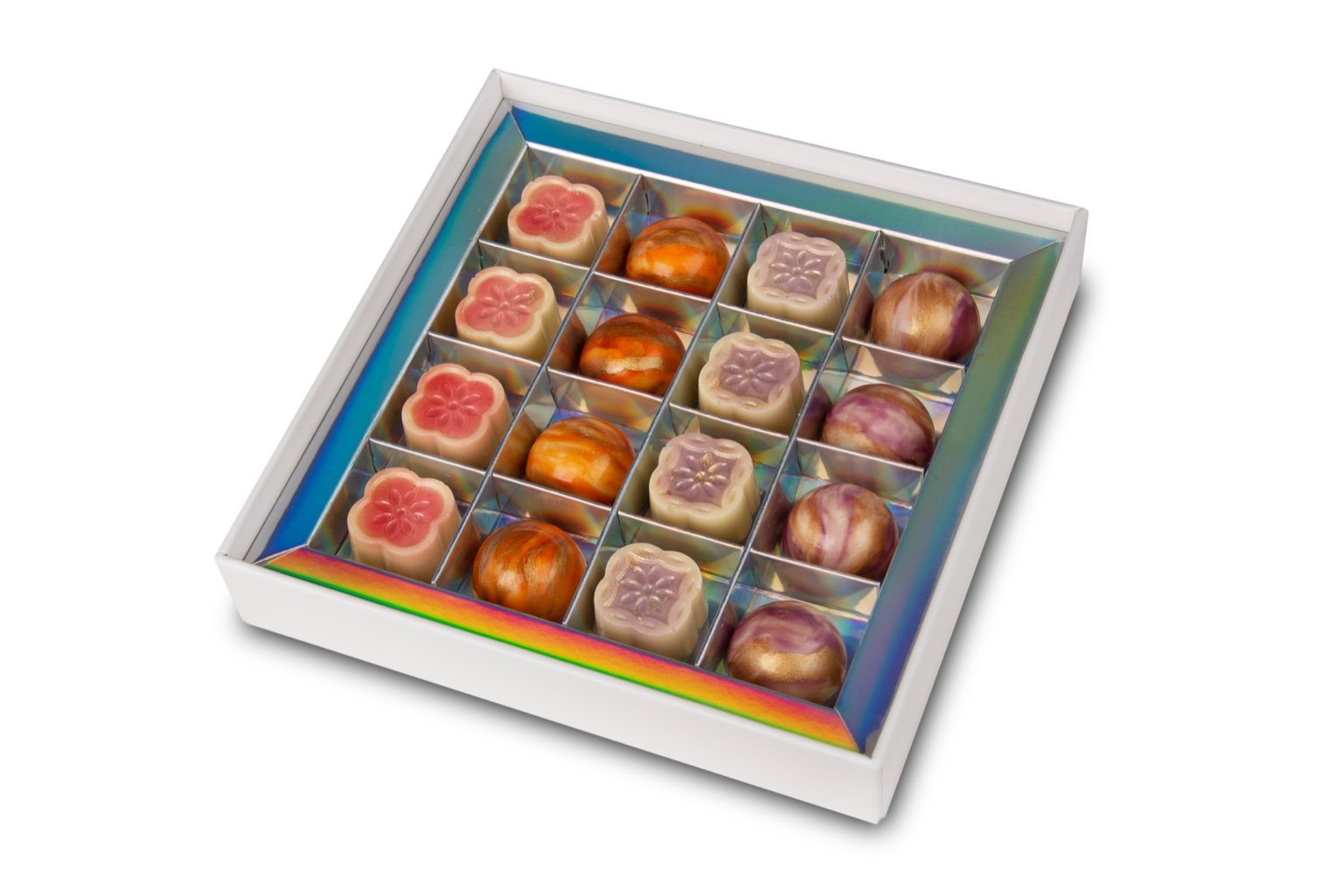Article: The Revival of Vale Potumuju

The Revival of Vale Potumuju
How one family farm in Bahia is restoring cacao cultivation, community, and ecological balance
In the shade of Brazil’s Atlantic Forest, in a region once synonymous with the country’s golden age of cacao, the story of Vale Potumuju unfolds like the trees that surround it, weathered, patient, and reaching quietly toward something greater. Once known as Fazenda Santa Rita, this 400-hectare farm in Bahia was nearly lost to time, swallowed by disease, economic shifts, and years of neglect. Today, it stands as a growing symbol of regenerative agriculture, quality-driven cacao, and the deep, often invisible threads that connect land, family, and community.
The journey back began not with a grand plan, but with grief.
“My wife Juliana was devastated after her father passed in 2000,” says Tuta, who co-manages the farm alongside her. “He had built something special, and it had all but disappeared.” 
Gabriel Pinheiro, Juliana’s father, had purchased the land in 1973 after leaving a family business to pursue his own dream. He renamed it Santa Rita, after the saint he was devoted to, and set about transforming a patchwork of small farms into a thriving cacao estate. At its peak in the early 1980s, the farm produced over 70 tons of cacao a year, with more than 100 hectares under cultivation. Workers lived on-site, children attended the farm’s rural school, and the rhythm of life followed the pulse of the trees.
But in 1987, everything changed. A fungal disease known as witches’ broom swept through the region, devastating cacao orchards. Yields dropped by as much as 80%, and many farms—including Santa Rita—never fully recovered. For decades, the land was held together only by memory and a caretaker doing his best to keep the lights on.
By the time Tuta and Juliana stepped in, the farm’s production had dwindled to almost nothing. But the roots of the trees, the story, and the soil were still there.

A New Name, a New Beginning
In 2012, the couple returned to the land, renaming it Vale Potumuju—a name that honoured local language and history. With the help of a quietly extraordinary man named Mr. Veridiano Santos, they began the painstaking process of rebuilding.
Veridiano, now 80, had once managed the farm under Gabriel Pinheiro, and was gifted a portion of it in appreciation for his decades of dedication. Though he had left to live in São Paulo, the prospect of reviving the land drew him back. “He’s the backbone of everything,” Tuta says. “His knowledge, his presence, his belief in the project. We couldn’t have done this without him.”
Together, they began clearing undergrowth, replanting seedlings, and experimenting with grafting more resilient and productive cacao varieties. Every year, they planted between 3,000 to 5,000 new trees from their own nursery. Today, 35 hectares of the farm have been fully rehabilitated, with plans to expand further.
“We’re still working our way up,” Tuta says. “But what we have now is consistent, high-quality cacao and that’s something Brazil hasn’t always been known for in the bean-to-bar world.”
Chocolate with a Sense of Place
The cacao from Vale Potumuju carries the complexity of its story. Rich, layered, and earthy. Its flavour profile leans into deep chocolate notes with hints of dried banana, molasses, and, occasionally, a whisper of fumo de rolo, a traditional Brazilian tobacco. As with any craft cacao, the final notes depend on the skill and interpretation of the chocolate maker. But the raw material is solid, expressive, and distinct.
Since 2018, the esteemed San Francisco chocolate maker Dandelion Chocolate has featured Vale Potumuju beans in their origin bars. Each harvest yields a new expression, a different conversation between soil, fermentation, and craft. “We take post-harvest very seriously,” Tuta notes. “Our fermentation protocols are strict and consistent. It’s what sets the tone.”
And the land responds. Over the last decade, the return to Cabruca, a traditional agroforestry system that cultivates cacao under native canopy has transformed the farm’s ecological health. Insects and snakes, once driven off by pesticides, have returned. The soil holds moisture longer during droughts. Birds and plant life thrive in the dappled light.
While the farm isn’t certified organic, it hasn’t used pesticides in nearly eight years. “We don’t think we ever will again,” Tuta adds. “There’s just too much value in working with nature, not against it.”

A Rural School with a Bigger Purpose
At the centre of the farm is something unexpected: a small rural school. Originally built by Gabriel Pinheiro during the early years of Santa Rita, the school once served the children of farm workers and neighbours. After years of decline, it now serves around 35 children from the surrounding area, offering grades 1 through 4.
“It’s not just about cacao,” Tuta explains. “It’s about showing the next generation that this place is worth protecting.”
The school provides four meals a day and a full-day schedule. A rarity in rural Brazil. With supplemental education in environmental awareness, the goal is to plant a different kind of seed: that of stewardship.
“We hope even just one or two kids each year feel inspired to stay, to become agronomists, environmental scientists, or just good caretakers of this place.”
Challenges, Climate, and Continuity
The path hasn’t been without obstacles. Climate change has begun to assert itself more clearly in the region shorter, more intense droughts, and increasingly erratic rainfall patterns. Disease remains a constant threat, with witches’ broom and black pod still requiring vigilant management through pruning, clean practices, and natural interventions.
“We’re not out of the woods,” Tuta says. “But we’re in them—and that’s something.”
Vale Potumuju’s future lies in continuing to explore varietals, refine fermentation, and deepen its relationships with craft chocolate makers. They hope to introduce mono-varietal offerings under their own brand, Baiani Chocolate, showcasing the subtle differences between clones like BN34, PS1319, and CCN51. But above all, they remain committed to working slowly, intentionally, and with integrity.
The Philosophy That Guides It All 
At its heart, Vale Potumuju isn’t about just growing cacao, it’s about honouring it.
“The farm isn’t a museum,” Tuta says. “But it is a kind of living memory of a family, a community, a biome, and a way of life that once was, and can be again.”
That vision goes beyond the boundaries of the property. With each successful harvest, each student educated, each new tree planted under the forest canopy, Vale Potumuju is offering something rare: proof that agricultural heritage and environmental stewardship can coexist and even thrive, when rooted in care.
“We want people to taste something real,” Tuta says. “Not just good chocolate, but the story, the struggle, the resilience behind it. That’s what makes it worth doing.” 




